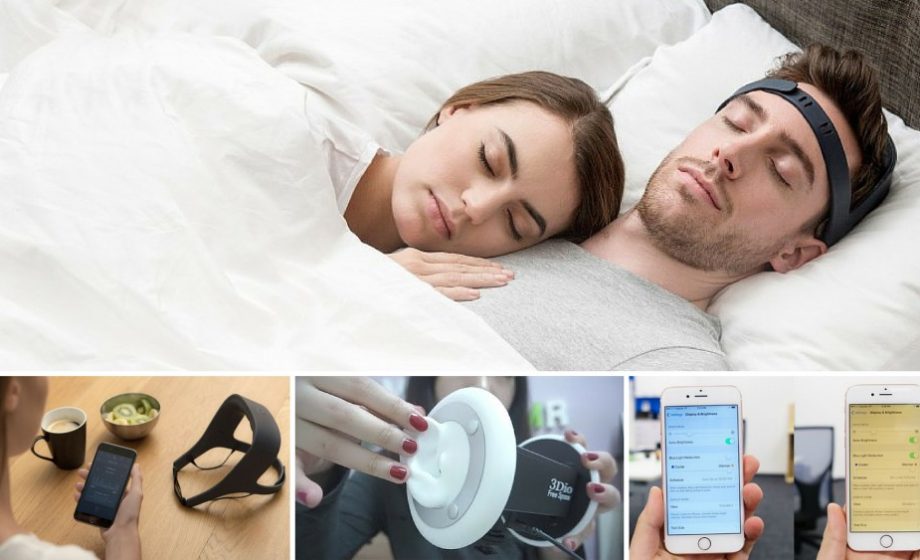The days of the sun-based sleep cycle are long gone. We’re no longer syncing ourselves with the cycle of natural light, but rather with the artificial glow from our phones and computers. In the beginning, we didn’t bother thinking about the physical side effects of overexposure to florescent glows and “Sleep when your dead” became the mantra of the fast paced western world.
Now we’re tired. After loosing about 10 years of sleep, we’re now trying to make up for it using the same technology that caused our long run of insomnia in the first place. Today we can choose a sleep inducing cocktail of software, hardware, and even 3D sound. Apps like f.lux, and Night Shift (included in the most recent Apple iOS update) change the color’s tone on your screen from cool and stimulating to warm and calming. Also another up-and-coming sleep inducer is ASMR (Autonomous Sensory Meridian Response), which uses 3D sound recorded using special microphones, like 3DIO. This specific type of sound gives listeners a pleasurable tingling sensation around the head and neck. You can also use your 3Dsoundlab headphones to make the relaxing sound immersion even more intense.
Today we’re moving on to sleep oriented connected hardware; Rythm, a French company released it’s prototype, Dreem, last month. This plastic device, which looks like orthodontic headgear, is designed to lengthen our deep sleep cycles through brain stimulating audio while also measuring cerebral activity. Rythm has raised 11 million euros and is currently in the patenting process. They will also soon be publishing a new study which will help us better understand the brain and sleep.
Imagine never waking up on the wrong side of the bed again, as well as having a tool to put you back to sleep when you wake from a bout of midnight insomnia. I personally can’t wait to test out this product, especially after the success I’ve had with both f.lux and ASMR.


